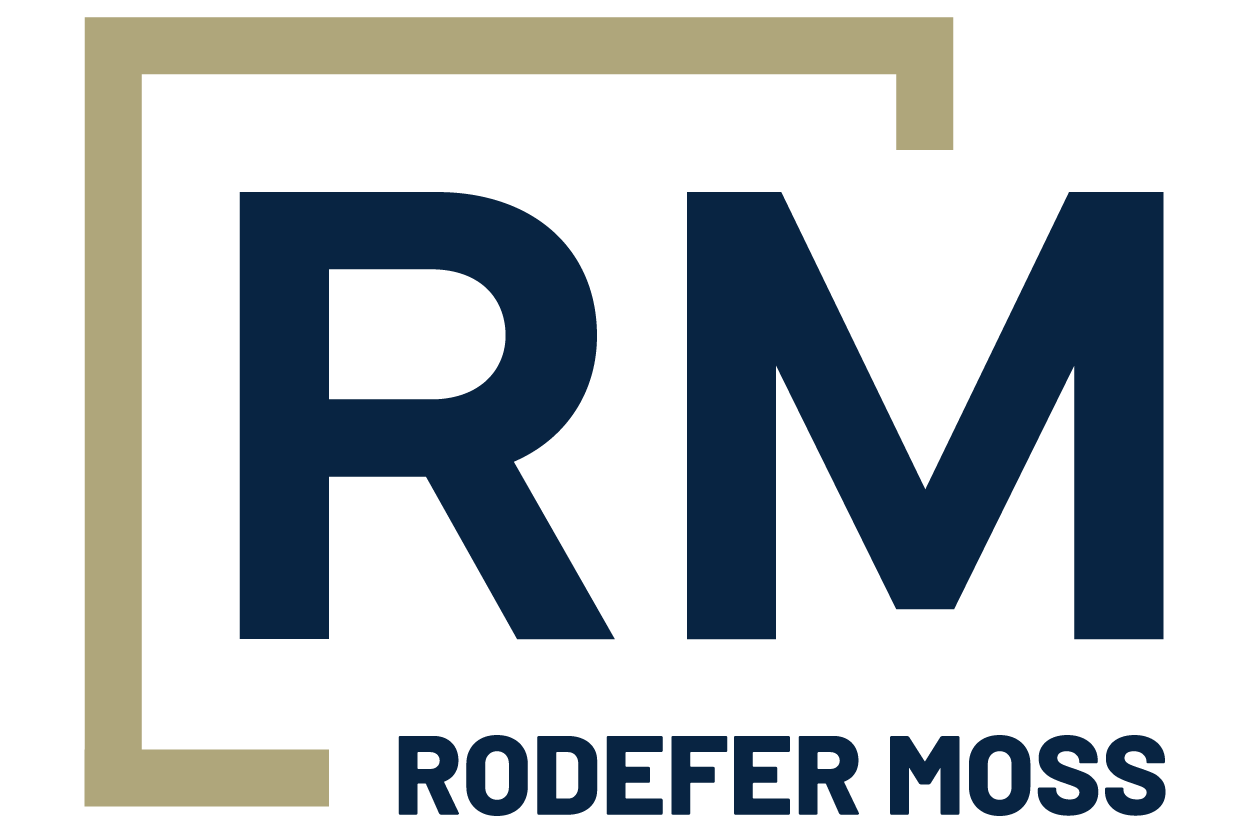
Section 4960 of the Internal Revenue Code imposes a 21% excise tax on remuneration in excess of $1 million as well as excess “parachute payments” paid by applicable tax-exempt organizations (ATEOs) or their related entities to any “covered employee.” Tax-exempt employers that compensate their executives over $1 million per year or that pay separation-related compensation should monitor the amounts and timing of such remuneration. With advance planning, ATEOs may be able to better manage any excise tax they may owe. Additionally, final regulations under Section 4960 issued in early 2021 may provide opportunities for ATEO groups to claim refunds of excise taxes paid in prior years.
Insight
While the 2021 final regulations generally follow proposed regulations issued in 2019, the final regulations include key changes that may provide relief for taxpayers. Among other provisions, the final regulations:
- Clarify that the 21% excise tax applies to remuneration paid or vested during taxable years beginning after December 31, 2017. Therefore, the tax does not apply to amounts that vested before 2018 but does apply to earnings on those vested amounts that accrue or vest in 2018 or later;
- Expand the exceptions where employees of a for-profit entity related to an ATEO will not be treated as covered employees; and
- Exclude certain foreign organizations from the Section 4960 rules.
Although the final regulations are effective for taxable years beginning after December 31, 2021, taxpayers may apply them as early as 2018 (when Section 4960 first became effective). As a result, some employers may be able to request refunds of overpaid taxes for prior years using the relief provided in the final regulations.
Excise Tax Doesn’t Just Apply to Remuneration in Excess of $1 Million
Section 4960 excise tax does not apply only to ATEO employers that pay remuneration over $1 million. ATEOs of all sizes (and their related entities) may also owe excise tax if:
- They have one or more “highly compensated” employees (HCEs) in any year after 2017, i.e., they paid any employee $125,000 or more for 2018 or 2019; $130,000 or more for 2020 or 2021; or $135,000 or more for 2022; and
- The employee is paid an amount equal to or exceeding three times their five-year average annual compensation from the ATEO, any predecessor or related organization due to the involuntary termination of the individual’s employment (i.e., an excess parachute payment).
Therefore, even if an ATEO never pays an employee more than $1 million, it could still owe the Section 4960 excise tax if it pays excess parachute payments. Note that the tax only applies in the event of involuntary terminations. Death, disability, retirement and qualifying voluntary resignations do not trigger Section 4960 excise tax.
Who is a Covered Employee?
For purposes of Section 4960, a covered employee means an employee (including a former employee) of an ATEO if the employee is one of the five highest HCEs for the taxable year or was a covered employee of the organization (or a predecessor) for any preceding taxable year beginning after December 31, 2016. Therefore, even though Section 4960 first became effective for taxable years beginning on or after January 1, 2018, ATEOs and related entities must look back to the 2017 taxable year to determine who is a covered employee. Once an employee is covered, the individual retains that status indefinitely, even after termination of employment or death.
What is an Excess Parachute Payment?
Parachute payments are payments in the nature of compensation that are contingent on an involuntary termination of employment and that equal or exceed three times the employee’s base amount (i.e., their five-year annual average compensation, including pay for services performed for a predecessor or related organization). Section 4960 imposes excise tax on the amount of the parachute payments that exceed the base amount.
Parachute payments do not include amounts paid from tax-qualified retirement plans, payments for medical services, and “substantially certain” amounts that would have been paid even without the involuntary termination of employment. Parachute payments include payments for a release of claims, damages for employment agreement breaches, window program payments, payments for non-compete or similar agreements and the value of accelerated vesting of benefits.
Insight
Organizations should carefully identify and track their covered employee group and any separation-related payments for which a covered employee may be eligible. The final regulations confirm that the ATEO and each related entity must maintain a separate list of covered employees, instead of maintaining one aggregated list of covered employees for the entire related group. The final regulations also confirm that an employee could be a covered employee of more than one ATEO in a related group of organizations for a tax year.
Note that although the tax applies to covered employees of an ATEO, the ATEO’s related entities (including for-profit related entities) could owe their share of the tax to the extent they compensate the same covered employee.
Planning Ahead
With thoughtful planning, organizations may be able to reduce the amount of excise tax due on executive remuneration and separation-related compensation.
- Where executive compensation is projected to exceed $1 million in a taxable year, organizations may consider capping executive remuneration by instituting policies that will prevent remuneration from exceeding the $1 million threshold or spreading compensation over $1 million to lower-compensation tax years via other compensation arrangements, for example:
- Using a Section 457(f) plan to potentially defer amounts to a later year
- Entering into a split-dollar life insurance policy between the employer and the executive. Organizations should note that these are complex arrangements and involve extensive administrative and reporting requirements. Experienced advisors must be consulted to properly structure these policies.
- Some organizations may choose to make the entire payment and pay the excise tax on the excess remuneration over $1 million, based on contractual commitments and/or competitive necessity. In these cases, the additional 21% cost of the employee’s compensation should be considered when determining if the executive’s overall compensation package still qualifies as “reasonable compensation” under the intermediate sanction rules, which allow the IRS to impose penalties when it determines that executives have received excessive compensation from a tax-exempt organization.
- By planning ahead, organizations may be able to reduce separation-related payments and increase the five-year average base amount by paying the employee additional reasonable compensation during years prior to the separation event, for example, additional qualified plan contributions (especially when the individual is nearing retirement age) or W-2 compensation.

